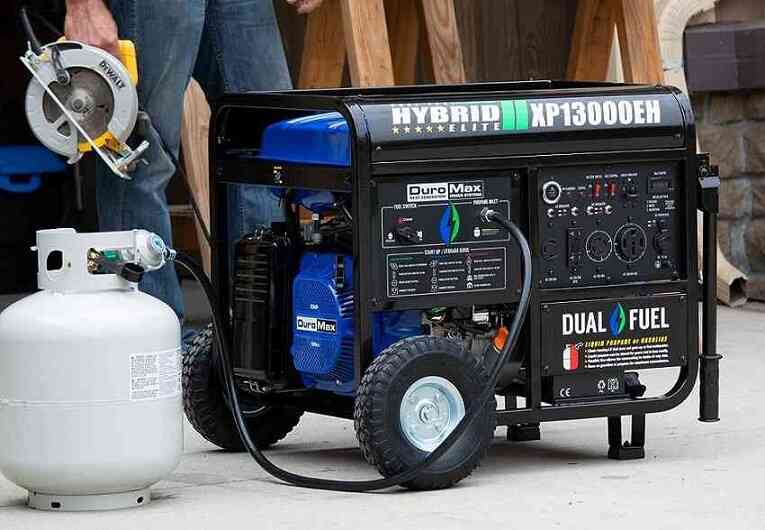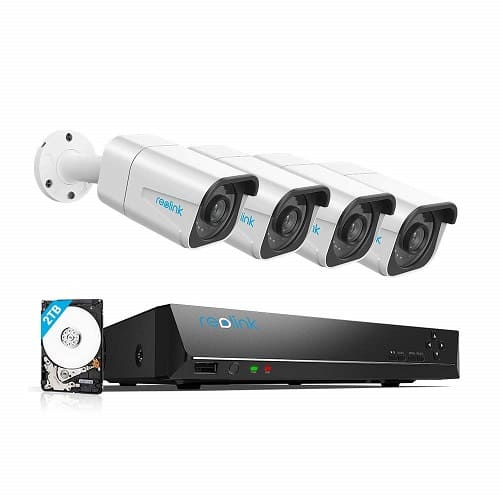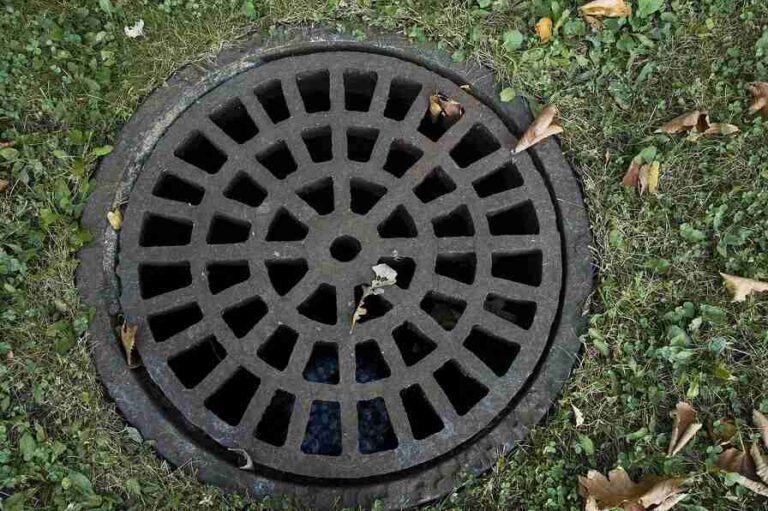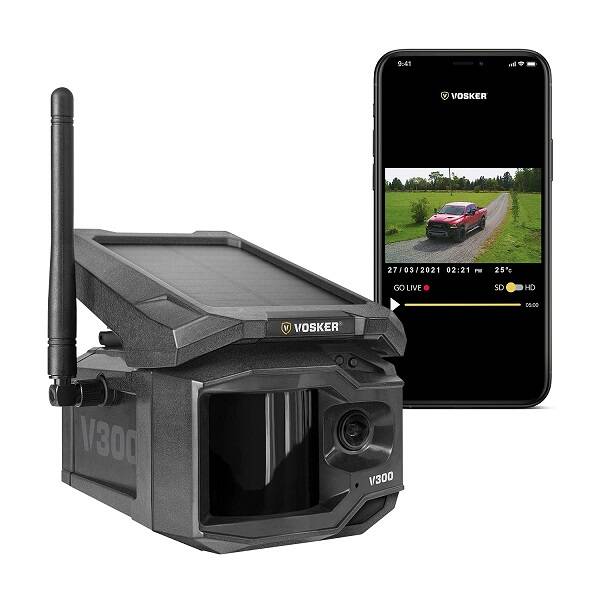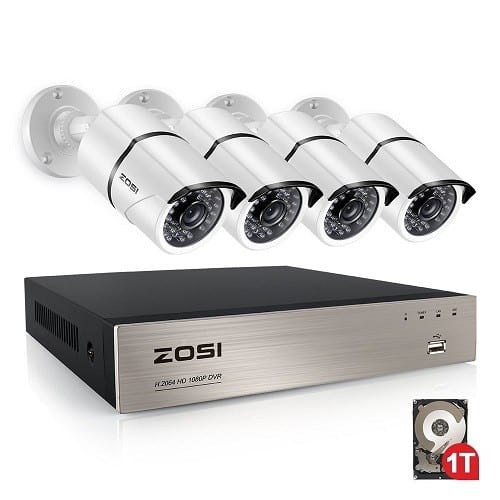How to Create a Home Emergency Preparedness Kit
In today’s unpredictable world, it is crucial to be prepared for unexpected emergencies that may occur in your home. Disasters such as earthquakes, floods, hurricanes, or even power outages can strike without warning, leaving you and your loved ones vulnerable.
To ensure the safety and well-being of your family, it is essential to have a well-equipped home emergency preparedness kit. This article will guide you through the process of creating a comprehensive kit to help you handle emergencies effectively.
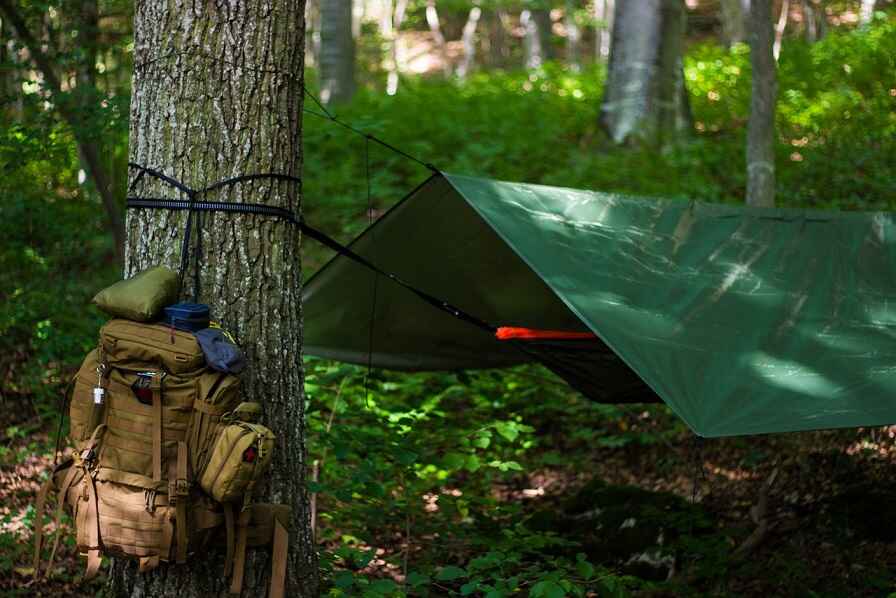
Why Do You Need a Home Emergency Preparedness Kit?
Having a home emergency preparedness kit is vital for several reasons. Firstly, it ensures that you have the necessary supplies readily available when an emergency occurs. During a crisis, essential services like electricity, water, and transportation may be disrupted, making it challenging to access basic necessities. Having a well-stocked kit can provide you with crucial supplies until help arrives or the situation stabilizes.
Secondly, a preparedness kit helps you maintain self-sufficiency during emergencies. Depending on the severity of the situation, it may take some time for emergency responders to reach you. By having essential items at your disposal, you can take immediate action to ensure your safety and well-being.
Lastly, a home emergency preparedness kit provides peace of mind. Knowing that you have taken proactive steps to protect yourself and your family can alleviate stress and anxiety during uncertain times. It allows you to focus on implementing your emergency plan rather than scrambling to gather supplies at the last minute.
Assessing Your Risks
Before creating your home emergency preparedness kit, it’s important to assess the risks specific to your geographical location and living situation. Understanding the potential emergencies you may face will help you tailor your kit to meet your specific needs.
Identifying Potential Emergencies
Start by considering the types of emergencies that could occur in your area. Is your region prone to natural disasters like earthquakes, hurricanes, or wildfires? Are you located in an area with a higher risk of flooding? By identifying potential emergencies, you can focus on gathering supplies and equipment that will be most useful in those situations.
Evaluating Local Hazards
Apart from natural disasters, it’s essential to assess other local hazards that could pose a risk to your safety. For example, if you live in an area prone to power outages, you might need additional lighting options or a backup power source. If you live in a rural area, you might need to consider the potential impact of severe weather on your access to essential services.
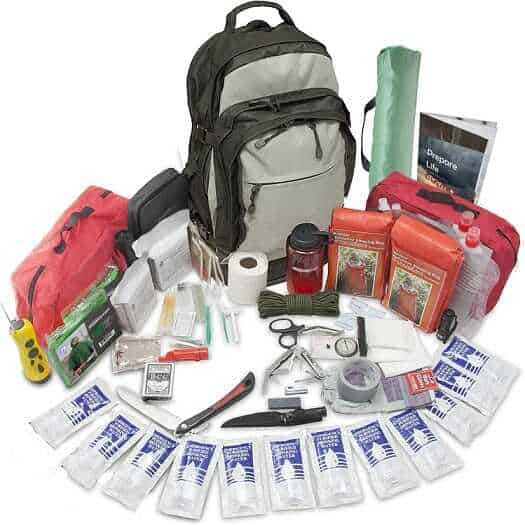
Essential Items for Your Kit
To effectively respond to emergencies, your home preparedness kit should include essential items that cover the basic needs of you and your family. Here are the key components to consider:
1. Water and Food Supplies
Water is essential for survival, so it’s crucial to have an adequate supply. Aim for at least one gallon of water per person per day for a minimum of three days. Non-perishable food items that don’t require cooking or refrigeration should also be included. Consider options like canned goods, energy bars, and dried fruits.
2. First Aid Supplies
A comprehensive first aid kit is essential for treating minor injuries and providing initial medical assistance. It should include bandages, antiseptics, adhesive tape, pain relievers, and any necessary prescription medications.
3. Emergency Lighting
During a power outage, having a reliable source of light is crucial. Include items such as flashlights, batteries, and emergency candles. Additionally, consider adding glow sticks or a battery-operated lantern for extended lighting.
4. Communication Tools
Maintaining communication during emergencies is vital for staying informed and coordinating with others. Include a battery-powered radio or a hand-crank radio to receive emergency broadcasts. Additionally, consider keeping a fully charged portable charger for your mobile phones.
5. Tools and Equipment
Include essential tools like a multi-tool, wrench, pliers, duct tape, and a whistle. These items can be valuable for various purposes, such as turning off utilities, securing your home, or attracting attention if needed.
6. Important Documents
Keep copies of essential documents such as identification cards, insurance policies, and emergency contact information in a waterproof container or a digital format. Consider including a USB drive with electronic copies of important documents as well.
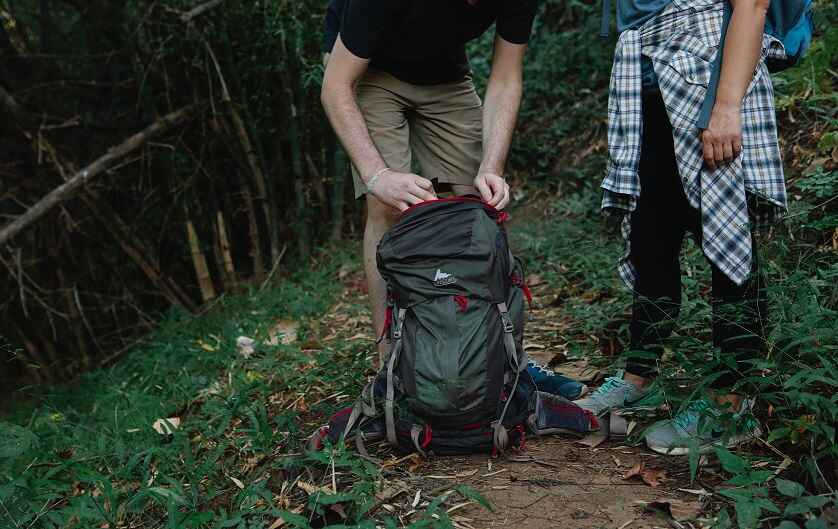
Creating Your Home Emergency Preparedness Kit
Now that you know what items to include in your kit, it’s important to organize and store them properly.
1. Storage Options
Choose a durable and easily accessible container for your emergency supplies. Consider using a waterproof backpack, a large plastic bin with a lid, or a designated closet or cupboard.
2. Organizing the Kit
Separate and categorize your supplies into different compartments or containers within the kit. This way, you can easily locate items when needed. Label each section for quick identification.
3. Regular Checkups and Maintenance
Periodically review and update your emergency kit. Check expiration dates of food, medications, and batteries, and replace them as needed. Ensure that your kit remains in a designated location that is easily accessible to all family members.
Emergency Plan and Communication
In addition to your preparedness kit, having an emergency plan in place is crucial. Consider the following steps:
1. Developing an Emergency Plan
Create a comprehensive plan that outlines what to do in different emergency scenarios. Assign roles and responsibilities to family members, establish meeting points, and include emergency contact information.
2. Establishing Communication Channels
Determine how you will communicate with family members during emergencies when traditional communication methods may be disrupted. Designate a primary and alternative communication method, such as text messaging, social media, or a designated family contact.
3. Involving Family Members
Educate all family members about the emergency plan and conduct practice drills regularly. Ensure that everyone knows how to use essential supplies and equipment in the preparedness kit.
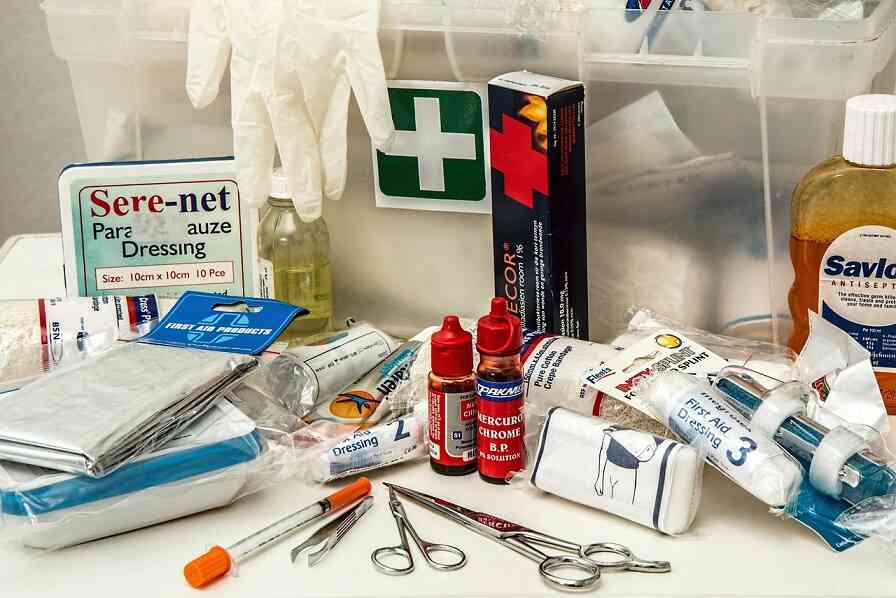
Educating Yourself and Your Family
Knowledge and skills are essential in emergency situations. Consider the following areas of education:
1. First Aid and CPR Training
Enroll in first aid and CPR courses to learn essential life-saving skills. This knowledge can help you provide immediate medical assistance to yourself and others during emergencies.
2. Basic Survival Skills
Familiarize yourself with basic survival skills such as starting a fire, finding and purifying water, and constructing temporary shelters. These skills can be invaluable in situations where you may need to rely on your resourcefulness.
3. Fire Safety
Understand the principles of fire safety and prevention. Learn how to use fire extinguishers and develop an evacuation plan in case of a fire emergency.
4. Evacuation Procedures
Know the evacuation procedures specific to your area and practice them with your family. Identify multiple escape routes from your home and establish a meeting place outside.
Stay Informed and Updated
To stay ahead of potential emergencies, it’s crucial to stay informed about current events and changing conditions. Consider the following steps:
1. Local Emergency Alerts
Sign up for local emergency alerts through your city or county’s emergency management system. This ensures that you receive timely information about potential hazards or emergencies in your area.
2. News and Weather Updates
Stay informed about local and national news to be aware of any developing situations that may require your attention. Keep track of weather forecasts and severe weather warnings to prepare accordingly.
Conclusion
Creating a home emergency preparedness kit is an essential step in safeguarding yourself and your family during unexpected emergencies. By assessing your risks, gathering the necessary supplies, developing an emergency plan, and educating yourself, you can enhance your readiness and response capabilities. Remember to regularly review and update your kit to ensure its effectiveness over time. By taking proactive measures, you can face emergencies with confidence and protect the well-being of your loved ones.
FAQs (Frequently Asked Questions)
What should I include in my home emergency preparedness kit?
Your kit should include water, non-perishable food, first aid supplies, emergency lighting, communication tools, tools and equipment, and important documents.
How often should I check and update my emergency kit?
It is recommended to check and update your emergency kit at least once a year, ensuring that food, medications, and batteries are not expired.
How can I involve my children in emergency preparedness?
Teach your children about emergency preparedness through age-appropriate discussions, practice drills, and involving them in creating and maintaining the emergency kit.
Should I store my emergency kit in a specific location?
Choose a designated location that is easily accessible to all family members. Consider keeping a smaller kit in your car as well.
How can I receive local emergency alerts?
Sign up for local emergency alerts through your city or county’s emergency management system or download relevant apps that provide real-time alerts.
Disclaimer
Certain content that appears on this site comes from Amazon. As an Amazon Associate we earn from qualifying purchases. Read full Disclaimer Here!

